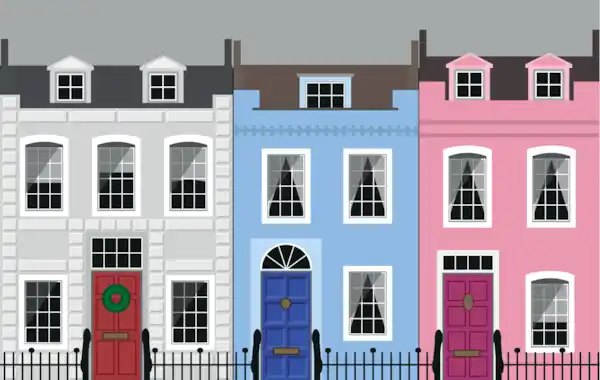18 September 2024
|
A recent UK Government commissioned ‘Electrification of Heat’ research project found that all kinds of properties in the UK are suitable for heat pumps, from Victorian terraces to 1960s tower blocks and modern flats.
In this article, the HPA (Heat Pump Association) discusses that certain factors may mean a building cannot have a heat pump installed, such as a lack of space. But in principle, any building in any architectural style and from any era can have a heat pump.
Well insulated homes have the lowest energy costs
All heating systems work best in well-insulated homes when coupled with a suitably sized emitter system (such as radiators or underfloor heating) that provides sufficient heating power at low flow temperatures.
While heat pumps can keep less well-insulated homes warm too, in these cases, whichever heating appliance you choose, it would need to have a higher capacity.
Less well-insulated homes require more energy to maintain the desired temperature and are therefore more costly to run.
Essentially, if lots of heat is escaping through your roof, walls, and windows, then the heating system must work much harder to maintain an adequate temperature.
Some homes may need new central heating systems
All modern heating boilers and heat pumps tend to work most efficiently with lower flow temperatures. This may mean that larger radiators (those with a larger surface area) or low-flow temperature radiators are required in some rooms.
Alternatively, if you’re undergoing major refurbishment work, underfloor heating could be considered. If you have an older central heating system, you may need to upgrade the pipework and emitters to get the full benefits of using a heat pump.
It’s worth noting that new guidance in building regulations came into effect in 2022 which means that all new heating system upgrades should run at a low flow temperature.
How long will your heat pump installation take?
The short answer is that it depends.
Assuming your property is already well insulated, the radiators are suitably sized, and you are opting for an air source heat pump, the installation process can take as little as one day, although 2-5 days is more common. Ground and water source heat pumps require more time due to the necessary groundwork for the external borehole or slinky pipework.
If you are planning to upgrade your home’s insulation, you may wish to consider doing that first. Getting the insulation fitted, upgrading radiators, and then installing the heat pump could take around one to two weeks, depending on the size of the system.
www.heatpumps.org.uk








